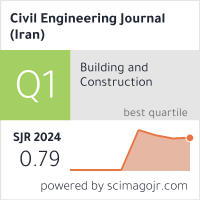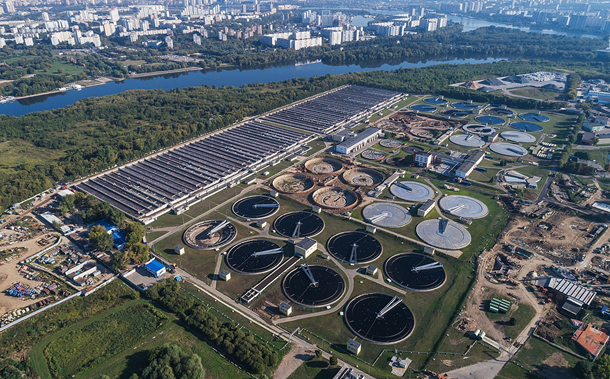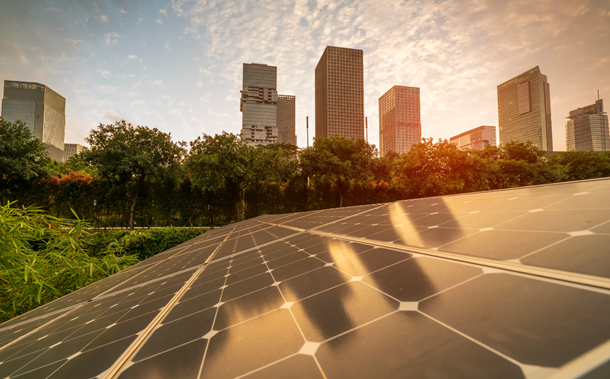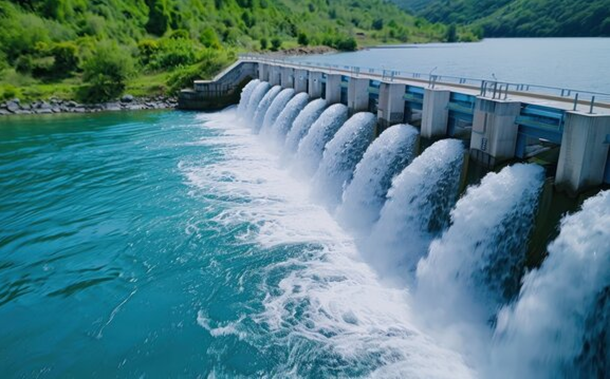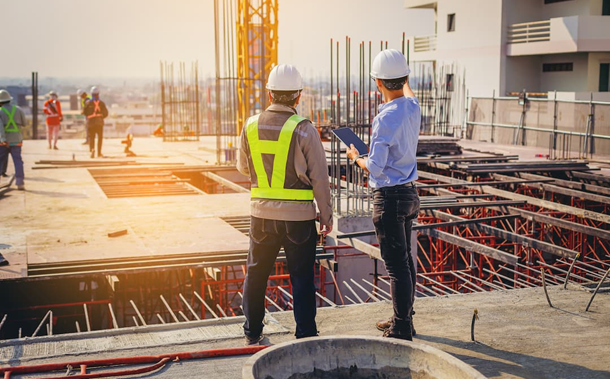Sustainable Interlocking Blocks Containing Sugarcane Bagasse Ash: Structural Integrity, Cost Efficiency, and Environmental Benefits
Downloads
Doi:10.28991/CEJ-2025-011-05-024
Full Text:PDF
Downloads
[2] Kumar, N., & Barbato, M. (2022). Effects of sugarcane bagasse fibers on the properties of compressed and stabilized earth blocks. Construction and Building Materials, 315, 125552. doi:10.1016/j.conbuildmat.2021.125552.
[3] Thennarasan Latha, A., & Murugesan, B. (2024). Compressed stabilised earth block synergistically valorising municipal solid waste incinerator bottom ash and sisal fiber: Strength, durability and life cycle analysis. Construction and Building Materials, 441, 137514. doi:10.1016/j.conbuildmat.2024.137514.
[4] James, J., & Pandian, P. K. (2017). A Short Review on the Valorisation of Sugarcane Bagasse Ash in the Manufacture of Stabilized/Sintered Earth Blocks and Tiles. Advances in Materials Science and Engineering, 2017, 1706893. doi:10.1155/2017/1706893.
[5] Abbas, S., Hameed, R., Baig, M. A., Kashif, M., & Shaukat, S. (2024). Mechanical performance of coal ash based interlocking bricks wall panel: A sustainable and viable solution. Journal of Building Engineering, 95, 110288. doi:10.1016/j.jobe.2024.110288.
[6] TISTR. (2025). Technology of Interlocking Blocks. Thailand Institute of Scientific and Technological Research (TISTR), Bangkok, Thailand. (In Thai).
[7] A Sunardi, S., Ariawan, D., Surojo, E., Prabowo, A. R., Ghanbari-Ghazijahani, T., Wibowo, C. H., & Akbar, H. I. (2024). Tribological Performance of Polymer Composite Modified with Calcined Eggshell Particles Post High-Temperature Exposure. Emerging Science Journal, 8(4), 1280-1292. doi:10.28991/ESJ-2024-08-04-03.
[8] Gudia, S. E. L., Go, A. W., Giduquio, M. B., Juanir, R. G., Jamora, J. B., Gunarto, C., & Tabañag, I. D. F. (2023). Sugarcane bagasse ash as a partial replacement for cement in paste and mortar formulation – A case in the Philippines. Journal of Building Engineering, 76, 107221. doi:10.1016/j.jobe.2023.107221.
[9] Yarra, A., Nakkeeran, G., Roy, D., & Alaneme, G. U. (2025). Evaluation of SCBA-replaced cement for carbon credits and reduction in CO2 emissions. Discover Applied Sciences, 7(2), 114. doi:10.1007/s42452-025-06487-3.
[10] Fairbairn, E. M. R., Americano, B. B., Cordeiro, G. C., Paula, T. P., Toledo Filho, R. D., & Silvoso, M. M. (2010). Cement replacement by sugar cane bagasse ash: CO2 emissions reduction and potential for carbon credits. Journal of Environmental Management, 91(9), 1864–1871. doi:10.1016/j.jenvman.2010.04.008.
[11] Ainomugisha, S., Kibwami, N., Racheal, W., Adubango, E. N., J Matovu, M., & Manga, M. (2025). Effect of sugarcane bagasse ash on eco-friendly blended cement production: Physicochemical, mechanical, and microstructure properties. Case Studies in Construction Materials, 22, 4141. doi:10.1016/j.cscm.2024.e04141.
[12] Khan, M. A., Zhang, B., Ahmad, M., Niekurzak, M., Khan, M. S., Sabri Sabri, M. M., & Chen, W. (2025). Optimizing concrete sustainability with bagasse ash and stone dust and its impact on mechanical properties and durability. Scientific Reports, 15(1), 1385. doi:10.1038/s41598-025-85363-x.
[13] Sa-nguanduan, N., Amornfa, K., & Dechkrong, P. (2024). Consistency of Chemical Composition of Bagasse Ash and Application in Interlocking Blocks. Journal of Science and Technology Kasetsart University, 13(1), 48-60.
[14] Jahanzaib Khalil, M., Aslam, M., & Ahmad, S. (2021). Utilization of sugarcane bagasse ash as cement replacement for the production of sustainable concrete – A review. Construction and Building Materials, 270, 121371. doi:10.1016/j.conbuildmat.2020.121371.
[15] Jordan, R. A., Da Costa, M. V., Martins, E. A. S., Rosa, M. A., & Petrauski, A. (2019). Manufacture of soil-cement bricks with the addition of sugarcane bagasse ash. Engenharia Agricola, 39(1), 26–31. doi:10.1590/1809-4430-Eng.Agric.v39n1p26-31/2019.
[16] Alvarenga, K. P., & Cordeiro, G. C. (2024). Evaluating sugarcane bagasse fly ash as a sustainable cement replacement for enhanced performance. Cleaner Engineering and Technology, 20, 100751. doi:10.1016/j.clet.2024.100751.
[17] Subedi, S., Arce, G. A., Hassan, M. M., Barbato, M., Gutierrez-Wing, M. T., & Kumar, N. (2024). Louisiana's Sugarcane Bagasse Ash Utilization for Partial Cement Replacement in Concrete for Transportation Infrastructure Applications. International Journal of Pavement Research and Technology, 17(3), 595–614. doi:10.1007/s42947-022-00258-8.
[18] Rihan, M. A. M., Onchiri, R. O., Gathimba, N., & Sabuni, B. (2024). Mechanical and Microstructural Properties of Geopolymer Concrete Containing Fly Ash and Sugarcane Bagasse Ash. Civil Engineering Journal (Iran), 10(4), 1292–1309. doi:10.28991/CEJ-2024-010-04-018.
[19] Onsongo, S. K., Olukuru, J., Munyao, O. M., & Mwabonje, O. (2025). The role of agricultural ashes (rice husk ash, coffee husk ash, sugarcane bagasse ash, palm oil fuel ash) in cement production for sustainable development in Africa. Discover Sustainability, 6(1), 62. doi:10.1007/s43621-025-00841-6.
[20] Akila, D., Pal, S., Sarkar, B., Jayalaksshmi, S., Muthaiyah, S., & Anbananthen, K. S. M. (2024). Multi-Criteria Decision-Making Model to Achieve Sustainable Developmental Goals in Industry 4.0 for Smart City Infrastructure. HighTech and Innovation Journal, 5(4), 1135-1153. doi:10.28991/HIJ-2024-05-04-018.
[21] Aouf, G., Alhakim, G., & Jaber, L. (2024). Utilizing Recycled Rubber and Municipal Waste Incineration Fly Ash in Cement-Stabilized Clayey Soils. Civil Engineering Journal, 10(11), 3721-3737. doi:10.28991/CEJ-2024-010-11-017.
[22] Amornfa, K. (2016). Engineering Properties Improvement of Interlocking Block by Mixing with Sand. Naresuan University Engineering Journal, 11(1), 67–74.
[23] ASTM C618-03. (2017). Standard Specification for Coal Fly Ash and Raw or Calcined Natural Pozzolan for Use in Concrete. ASTM International, Pennsylvania, United States. doi:10.1520/C0618-03.
[24] TIS-57. (1990). Hollow Load-Bearing Concrete Masonry Units. Thailand Industrial Standards Institute (TISI), Bangkok, Thailand. (In Thai).
[25] TIS-109. (1974). Sampling and Testing Concrete Masonry Units. Thailand Industrial Standards Institute (TISI), Bangkok, Thailand. (In Thai).
[26] ASTM D559-03. (2012). Standard Test Methods for Wetting and Drying Compacted Soil-Cement Mixtures (Withdrawn 2012). ASTM International, Pennsylvania, United States. doi:10.1520/D0559-03.
[27] ASTM E986-04(2017). (2024). Standard Practice for Scanning Electron Microscope Beam Size Characterization. ASTM International, Pennsylvania, United States. doi:10.1520/E0986-04R17.
[28] ISO 14067:2018. (2018). Greenhouse gases ” Carbon footprint of products ” Requirements and guidelines for quantification. International Organization for Standardization (ISO), Geneva, Switzerland.
[29] James, J., Pandian, P. K., Deepika, K., Manikanda Venkatesh, J., Manikandan, V., & Manikumaran, P. (2016). Cement stabilized soil blocks admixed with sugarcane bagasse ash. Journal of Engineering (United Kingdom), 2016(1), 7940239. doi:10.1155/2016/7940239.
[30] TGO. (2019). Thailand Greenhouse Gas Emission Factor Report. Thailand Greenhouse Gas Management Organization (TGO), Bangkok, Thailand. (In Thai).
[31] MOI. (2019). Industrial Greenhouse Gas Emission Report. Ministry of Industry (MOI), Bangkok, Thailand. (In Thai).
[32] MTEC. (2019). National Greenhouse Gas Emission Data. National Metal and Materials Technology Center (MTEC), Bangkok, Thailand. (In Thai).
- Authors retain all copyrights. It is noticeable that authors will not be forced to sign any copyright transfer agreements.
- This work (including HTML and PDF Files) is licensed under a Creative Commons Attribution 4.0 International License.![]()




